On June 22, 1941, the Nazis attacked the USSR. A few days later, the first major cities were seized in the territory of modern Western Ukraine and Western Belarus. Soviet government returned here only in the fall of 1944. Kiev was under the German power of more than two years, Minsk - 1100 days. There continued to live, or rather survive, the local population. Those who survived could boldly say that they survived hell.
On management
Since the beginning of the war from the USSR, the Nazi leadership decided to divide the captured territories into several parts: Some to give allies (Hungary and Romania), others - to combine to the Polish Protectorate, are the third - divided into ReikSkomariats, managed by Hitler people. Hungary received Transcarpathia, and Romanians - Bukovina, Bessarabia and "Transnistria" (with a center in Odessa).
Polish Governor General was divided into Districts, he was ruled by Hans Frank. Next to East, Hitler created two ReikhskySariat "Ukraine" and "Ostlata". It was planned to still create a Reikhsky examination of Moscow, but so far the front line has passed there, the territory was controlled by the Wehrmacht Generals.
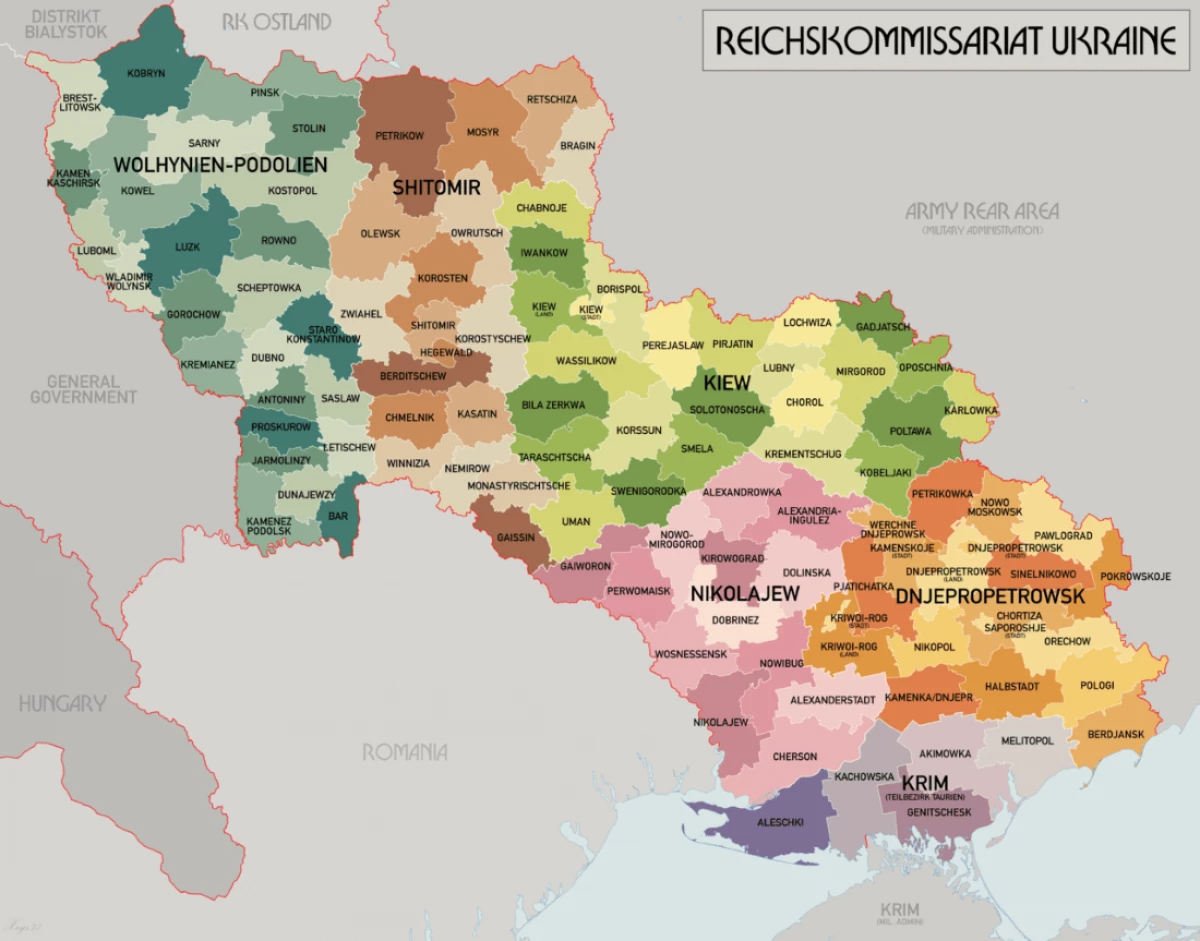
In settlements, the police were formed, in which they tried to recruit representatives of the local population, but the representatives of the Wehrmacht or Gestapo were supervised. The cities were appointed burgomistra.
In large settlements, segregation was also held - delimitation of residence. If Jews lived in the city, the ghetto was created near the industrial zone. Comfortable areas were given to the local administration. The city created camps for prisoners of war, concentration camps, and in Poland also "death factory" - the place of mass destruction of the Jews.
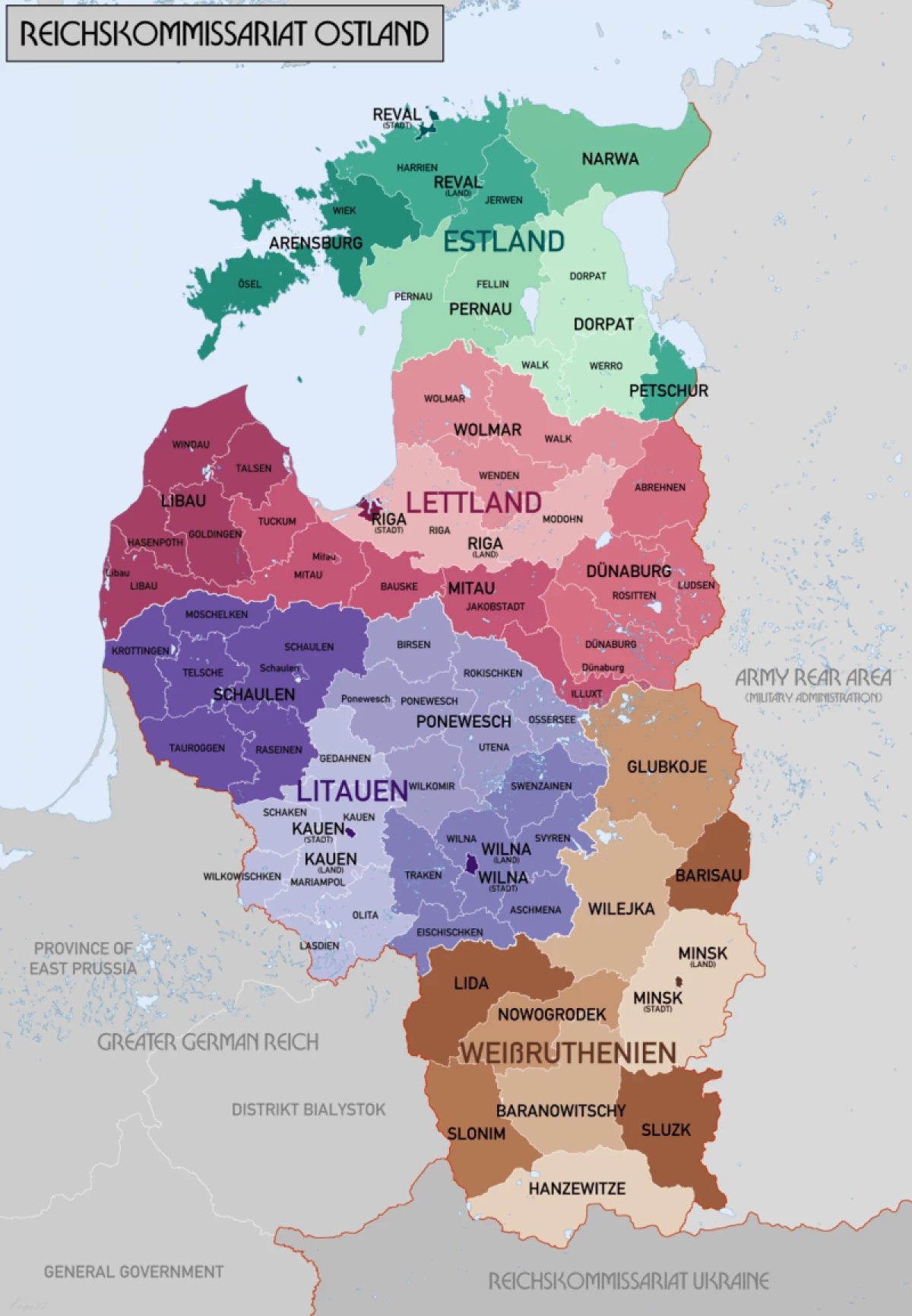
Plans for occupied lands
Even before the start of the war, the development of the "Ost" plan began. It was his provisions that became the basis for the leaders of the Reikhsky examinations and other occupied territories in the east of Europe. Here are the main positions of the management plan of the captured lands:
- In Europe, you need to create a "new order", the basis of which will be the rule of the Higher, Aryan race.
- The Germans should free themselves for themselves "living space" by destroying and enslaving "lower races", first of all Slavs.
- Jews must be completely destroyed. In the document, this was recorded as "the final decision of the Jewish question."
- The remaining local population must serve the Germans: to work at factories, grow agricultural products, to be serving the Germans.
- Propaganda among the remaining local population of Nazi ideas. Part of the local later can be left as managers.
While the war lasted, the Nazis gained people to work in Germany. The fact is that due to the permanent mobilization in factories and other enterprises, Germany lacked workers. Since 1942, from Ukraine and Belarus, they became forcibly exporting people who worked in unbearable conditions for food, in fact, for the right to stay alive. Such people got the name "Ostarabeati" - workers from the East. In total, more than 5 million people took away from the territory of the USSR.
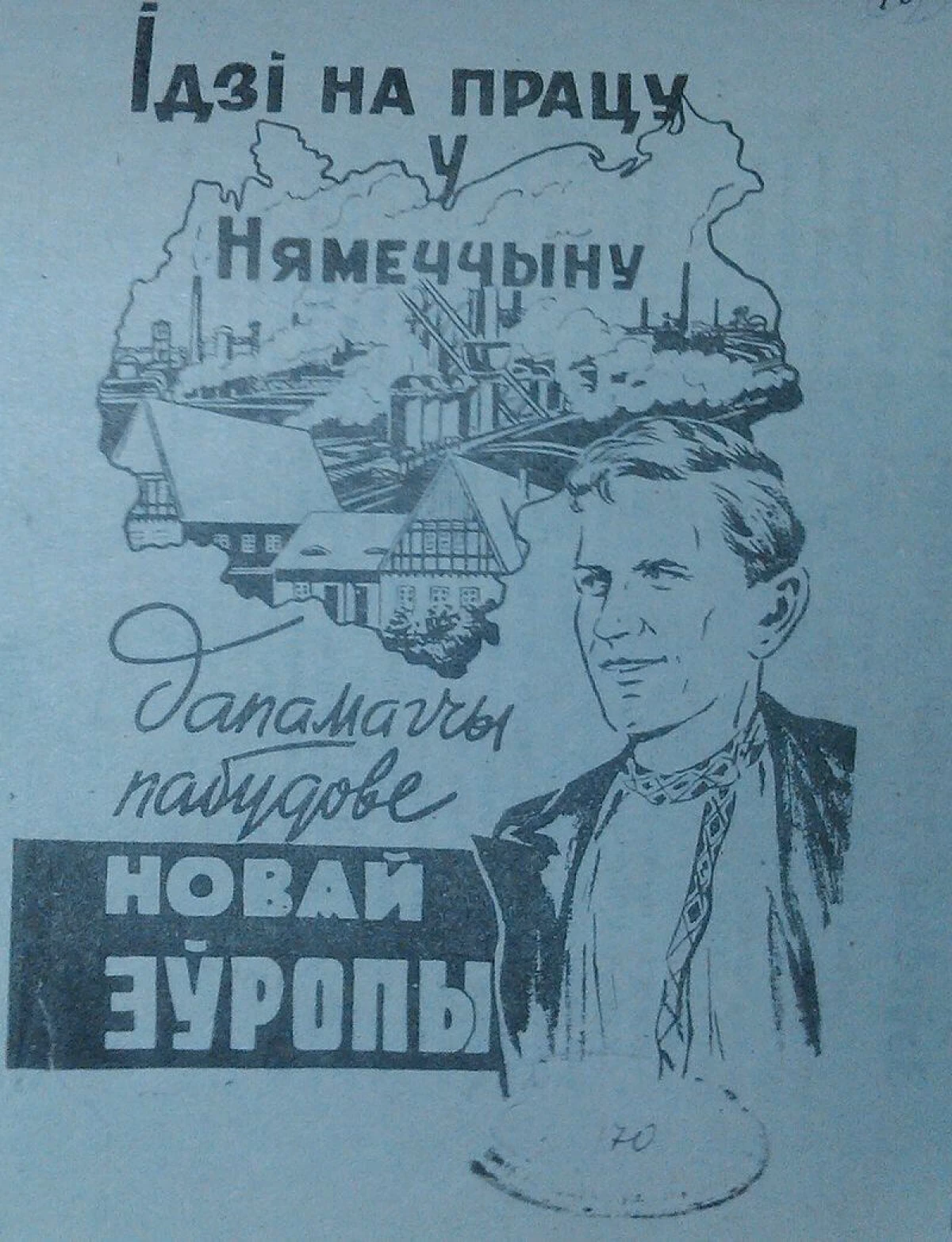
The second important document for managing the captured territories was a Bakka plan. He provided for two important items:
- Confiscation from the local food population so that the Germans always have food. The fact is that in the last months of World War II, hunger began in Germany. Now the Nazis wanted to protect themselves in case of a protracted war.
- Use of hunger as a tool terror and reduced population. It was planned that more than 20 million people should die from hunger. Separately, it was specified that the Russians were accustomed to poverty, resistant to hunger, so it is impossible to "not allow any fake pity."
In some documents, consumption rates were prescribed for different nations.
Crimes and punishment
The basic principle for the local population was to be humility. That is why the Germans tried to strictly punish any violations of German regulations. The officers had a lot of power, often the life of a person could depend on his mood and personal sympathy.
The curfew was introduced, a ban on the use of individual shops, resting places, wells, etc. Spreading false rumors, slander to the German regime, to attack the German administration - all this was punished with the death penalty. Often people hung in public places to cause fear among the local population.
Also, the Nazis practiced "collective punishments". On March 22, 1943, the Khatyn village was burned for the help of Soviet partisans, in the territory of modern Belarus. 149 people died. According to historians estimates, more than 600 settlements with the local population were destroyed in the USSR.
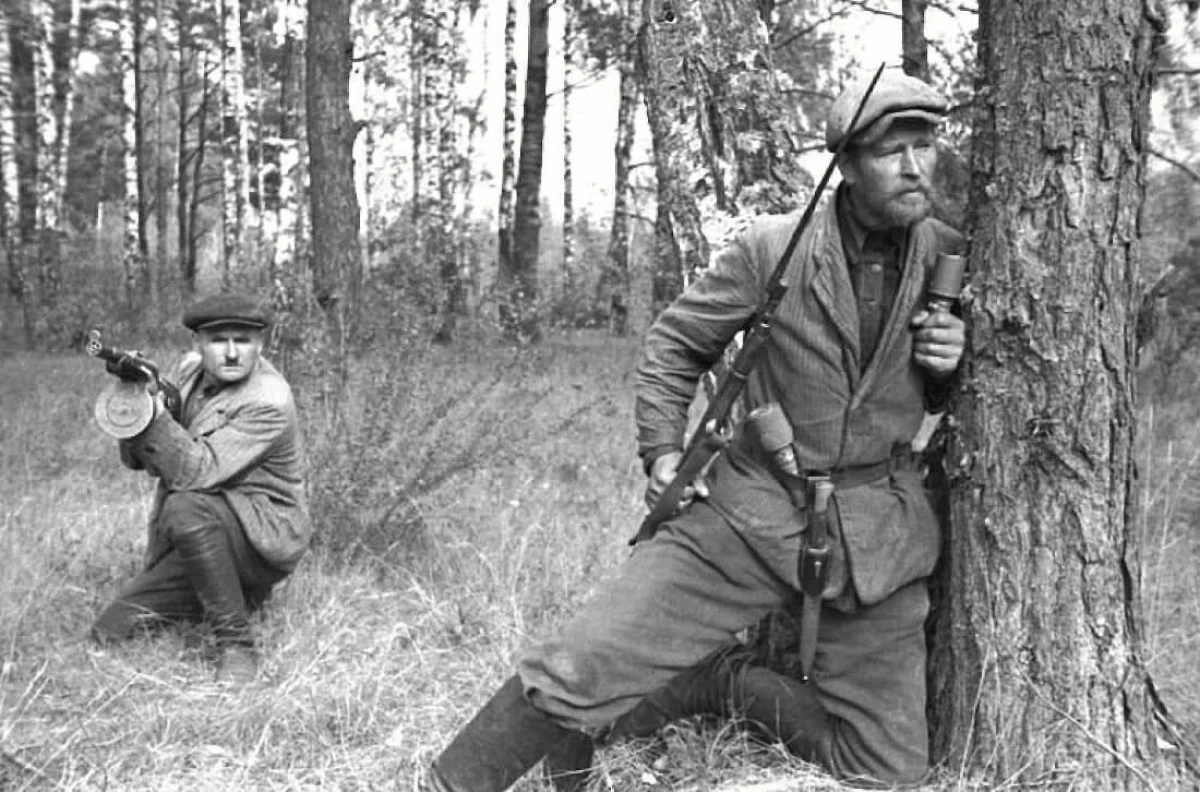
Leisure
The Nazis tried to create several types of recreation for local, mainly in order to strengthen their own propaganda. In large cities, cinemas were opened in which films admitted to the Nazi censorship were opened. Books were published, translations of the Nazi leaders in Russian.
People also forced to buy Nazi newspapers, which in many cities were published in local languages: from Ukrainian to Tatar. Among the German soldiers also passed propaganda work so that in the conditions of occupation they did not arise a feeling of pity for the local population.
At the same time, people tried to find underground newspapers or find a Soviet radio station on the air. Such actions were also punished with the death penalty.
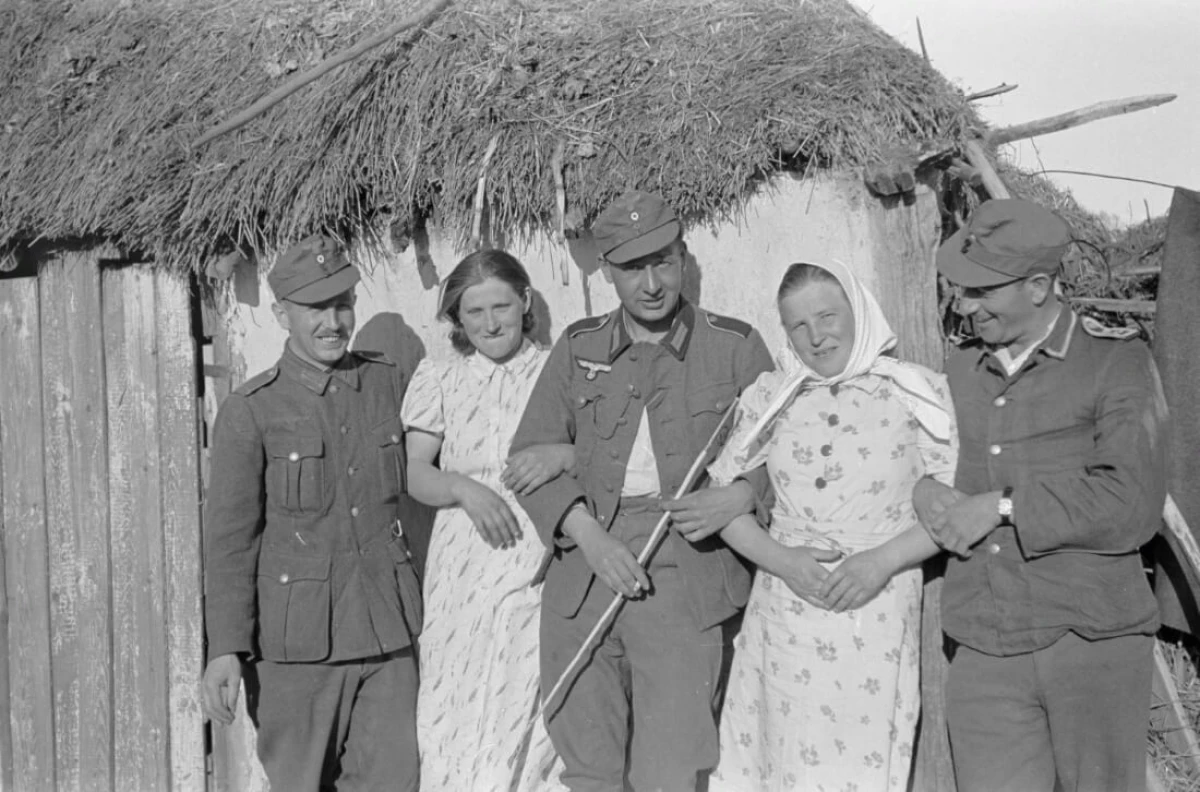
Survival
To survive in the conditions of occupation, it was necessary to work. People were ready for any work, just to get from the Germans at least some kinds of missions. But often the people of Cherry. I will give an example from Polish territories. People walked to work on the plants, but at the same time they tried to work in a low pace. Got the popularity of the slogan "Work more slowly!", Thus, people wanted to harm the German economy. On the walls and machines drew a turtle, which has become a symbol of this movement.
Other people went to contacts with the German administration. But it is worth remembering that the collaboration was also different: some continued their teaching activities in occupation, others went to the police or participated in the shootings of the Jews. If the latter is not subject to justification, then the first can be understood.
Not everyone was ready to go to the partisans, exposing not only herself to death, but also their relatives. In the conditions of "Nazi hell" everyone wanted to survive. In total, over the years of Nazi occupation, 13 million 684 thousand 692 people died on the territory of the USSR.
